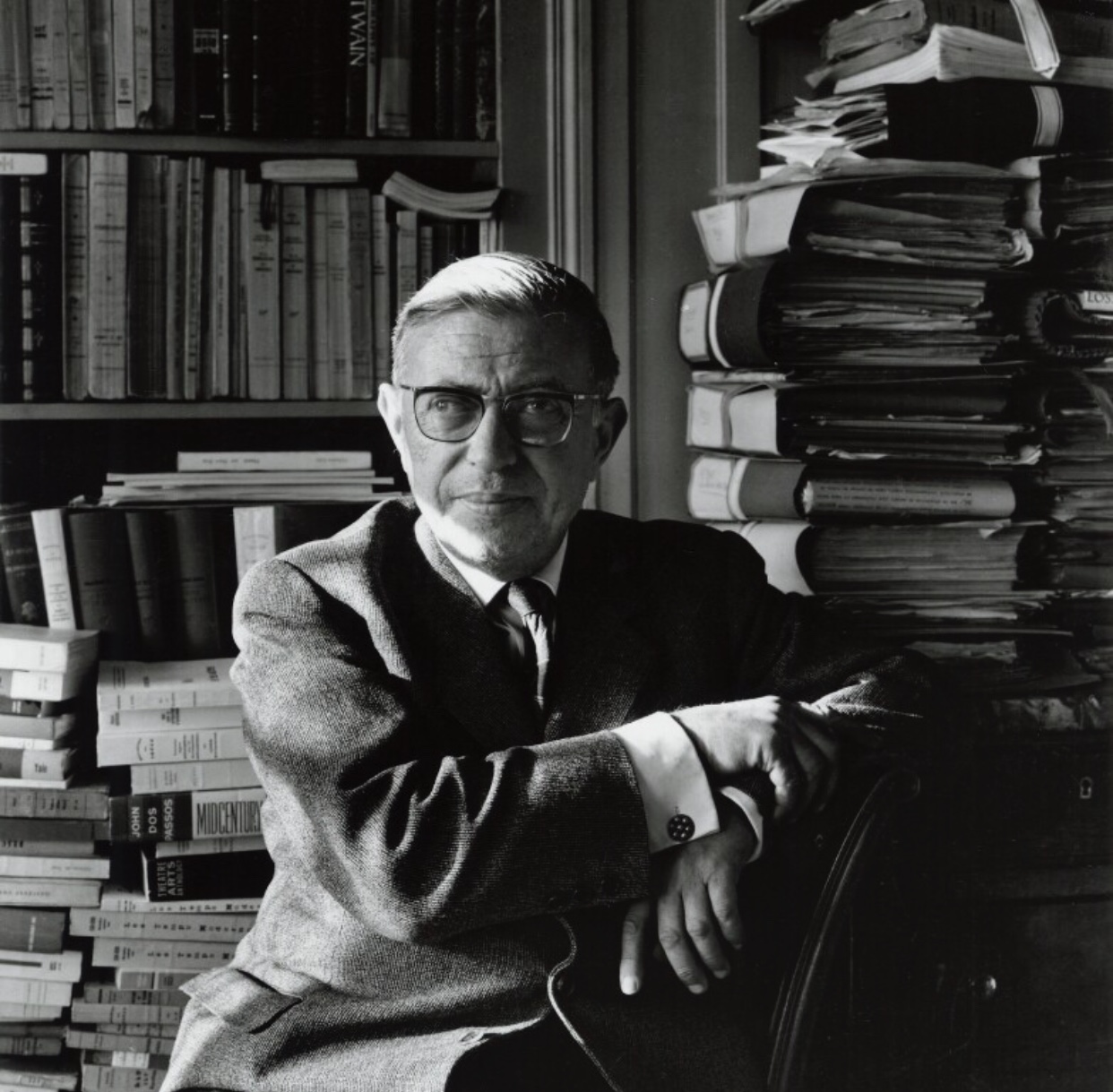

The book, consisting of Sartre distancing himself from writing and making his farewells to literature was very successful for the author and was hailed nearly unanimously as a "literary success". The first title which Sartre thought of was Jean sans terre.


The fifth act relates Sartre's delusion, which he considers the source of his dynamism, and contains the announcement of a second book which he did not complete before his death.The fourth act presents the development of a new imposture, in which Sartre took up multiple different postures of writing.The third act tells of his conscious realization of his imposture, his contingency, his fear of death and his ugliness.

The second act evokes the different roles Sartre acted out in his seclusion to an imaginary world, enabled by his family.The first act presents in chronological order the 'prehistory' of the child by giving his family origin.He considers the text to instead be divided into five parts which he calls 'acts': However, according to Philippe Lejeune, these two parts are only a façade and are not relevant to the chronological progression of the work. This is an excellent translation.The text is divided into two near-equal parts entitled 'Reading' ( Lire) and 'Writing' ( Écrire). Also, Sartre’s neologisms rendered finding English equivalents difficult. He quotes a line from the playwright Beaumarchais without clarifying the context.Sarah Richmond deals with many of these problems and also notes that the French gender system can be problematic. He also adopted certain translators’ neologisms: for example, Corbin’s translation of Heidegger’s Qu’est-ce que la métaphysique?, and when he quoted Nietzsche, he used two different translations, and he quotes Spinoza using a text by Hegel. Her edition also contains an Introduction and a ‘Notes on the translation’ section.Sartre published his work in 1943 and, unable to access all the works he cited, he often did so from memory. Richmond also had access to the internet and to Sartre’s French and German sources. L’Etre et le néant was first translated by Hazel Barnes in 1956 but it contained various errors. Sarah Richmond’s translation makes an important contribution to Sartrean scholarship.


 0 kommentar(er)
0 kommentar(er)
